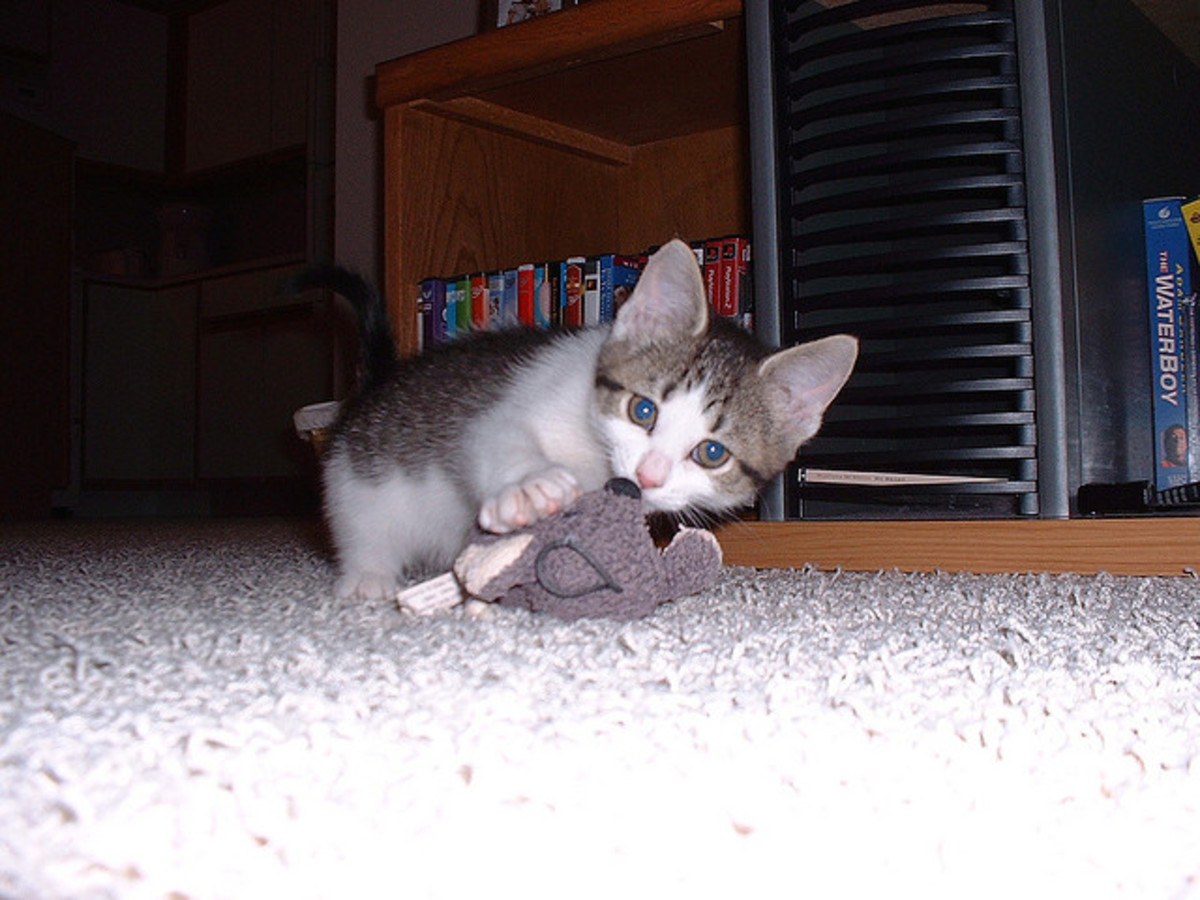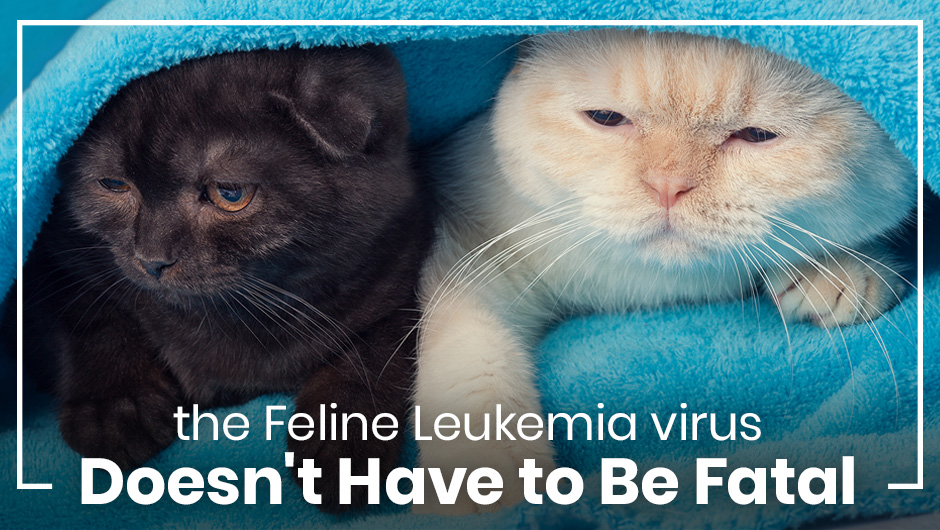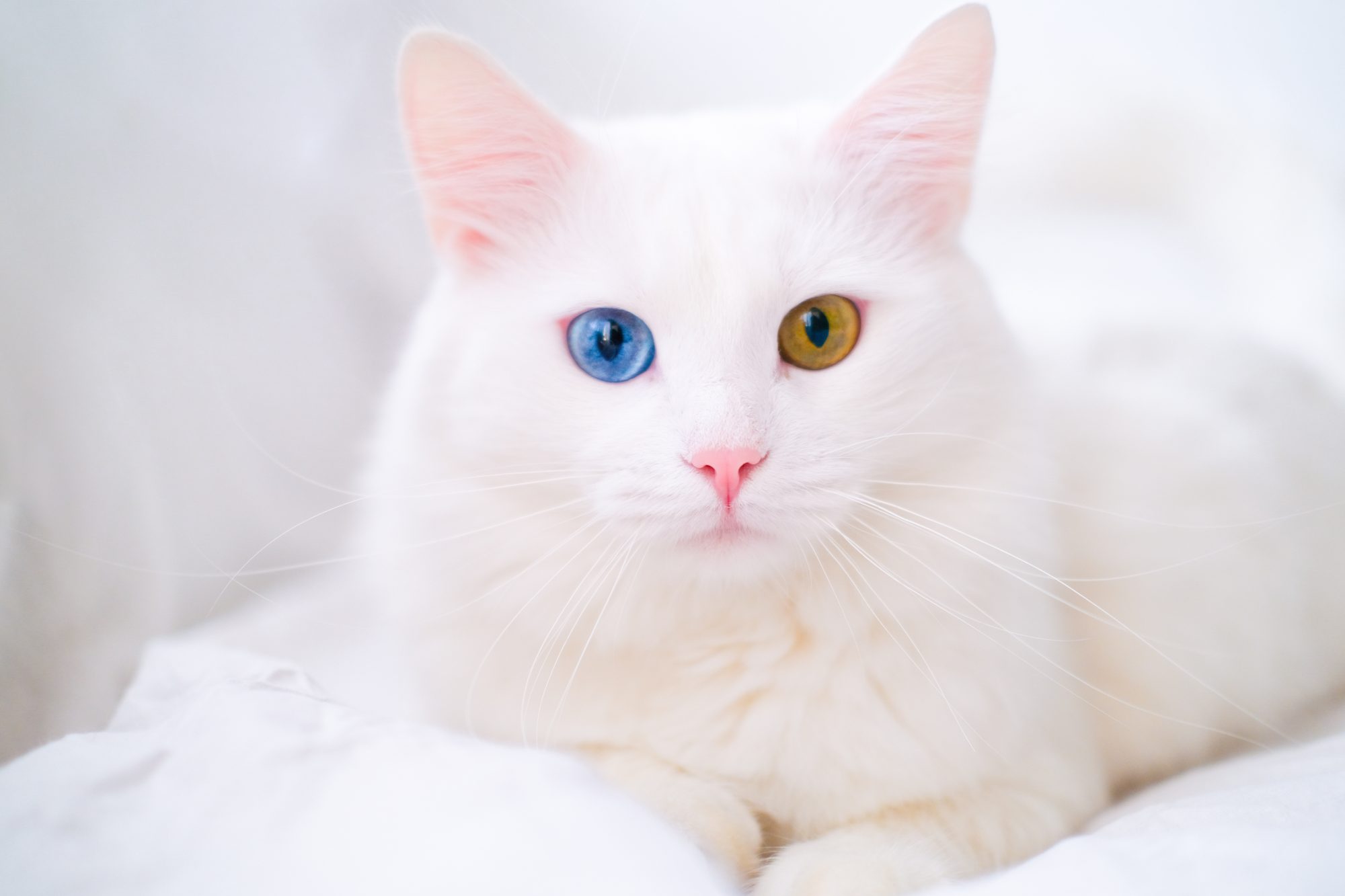Table Of Content

Acquired hair loss can be inflammatory or noninflammatory (such as is seen with hormonal disorders). A third type of test, called a polymerase chain reaction (PCR), can detect if the virus has been incorporated into the cat’s genome, even if the virus is not currently replicating. Feline leukemia virus (FeLV) is one of the most common and important infectious diseases in cats, affecting between 2-3% of all cats in the United States and Canada. Infection rates are significantly higher (up to 30%) in cats that are ill or otherwise at high risk (see below).
Fleas

When the disease is detected early enough, you may even be able to take steps to lengthen the life of your cat. Some cats may need ongoing treatment to allow their hair to grow back. It's impossible to know when their fur can grow back or if it ever will.
How Veterinarians Diagnose Feline Leukemia Virus (FeLV)
Some cats with only a transient FeLV infection (Abortive infection) will be positive on the initial blood test. A second test performed eight to twelve weeks after the first test may be required to differentiate between temporary and persistent infections. In some situations, it may be necessary to confirm infection through additional blood testing at a specialized laboratory.
Causes of Feline Leukemia Virus (FeLV)
After exposure, patients are unable to mount an immune response, leaving the virus unchecked. Viral replication occurs extensively in the lymphoid tissues, with viral replication extending into the bone marrow, followed by mucosal and glandular epithelial tissue. These patients are actively shedding virus and must be considered infectious.
Preventing Cat Hair Loss
Generally, when "shiny" tell-tale skin lesions and hair loss are apparent, the cancer is far advanced in the cat, and its prognosis is very poor. However, feline cancers can be treated and managed with success, depending on the size of the tumors, and the metastasizing of systems within the body. Pain could be another underlying cause of alopecia, particularly if you notice hair loss over your cat's joints. Cats with arthritis often lick their uncomfortable joints in an effort to find relief.
Shedding
Feline acquired symmetric alopecia (formerly called feline endocrine alopecia) is a syndrome that describes hair loss on both side of a cat's body that occurs due to an underlying disease. In cats that do not have an obvious flea infestation, your veterinarian may perform blood tests. Your veterinarian may also recommend a trial of flea control treatments to see if improvement is seen. Feline leukemia virus (FeLV) is one of the most important infectious diseases of cats worldwide.

Cats with this issue can be so allergic that a single flea bite can make them itch and have hair loss for weeks even though you never saw any fleas on them. Because tests are not 100% accurate, shelter cats placed in group housing should be vaccinated against FeLV, especially in longterm living situations such as sanctuaries. Many cats with FeLV have a good quality of life and can live many years in good health if the virus and their symptoms are managed well. Secondary infections can be treated as they appear, and cats with cancer can receive chemotherapy. However, the prognosis is grave for cats with bone marrow compromise or widespread lymphoma.
Giardia in Cats: Everything You Need To Know About this Parasitic Infection - Daily Paws
Giardia in Cats: Everything You Need To Know About this Parasitic Infection.
Posted: Wed, 23 Feb 2022 08:00:00 GMT [source]
Feline Leukemia Virus (FeLV)
For this reason, it can be challenging to identify an underlying endocrine issue, so your vet may have to perform various diagnostics. Yes, cat leukemia can be prevented through vaccination and by keeping your pet indoors and away from other infected animals. If your cat does go outdoors, protect them by keeping them on a leash or providing an enclosed outdoor structure. The FeLV vaccine is considered a lifestyle vaccine, so talk with your vet about its pros and cons.
While there is no cure for feline leukemia, there are several ways to prevent and manage hair loss in affected cats. By taking proactive measures and working closely with your veterinarian, you can help your feline companion maintain a healthy coat and overall well-being. It’s important for cat owners to be aware of the potential impact of feline leukemia on their pet’s hair. Regular grooming and monitoring of the cat’s coat can help detect any changes early on, allowing for prompt veterinary care and management of the condition. Early in vitro studies using antiretroviral drugs (eg, raltegravir, tenofovir, gemcitabine, and decitabine) showed promising results.
It may be beneficial in retrovirus-infected cats with stomatitis, or those showing neurologic signs. Feline leukemia virus (FeLV) is one of the most common infectious causes of disease of cats globally. Infection with FeLV can cause a variety of clinical signs, impacting a cat's longevity and quality of life. Vaccination and identification of infected cats is important in preventing disease transmission.
Most have shown good sensitivity and specificity, ranging from 85%–100% in one study (Levy et al, 2017). Positive results of ELISA or RIM testing in a patient should be confirmed with follow-up testing. This is especially important in patients that are at low risk of disease and thus are at increased risk of having a false-positive result.



























